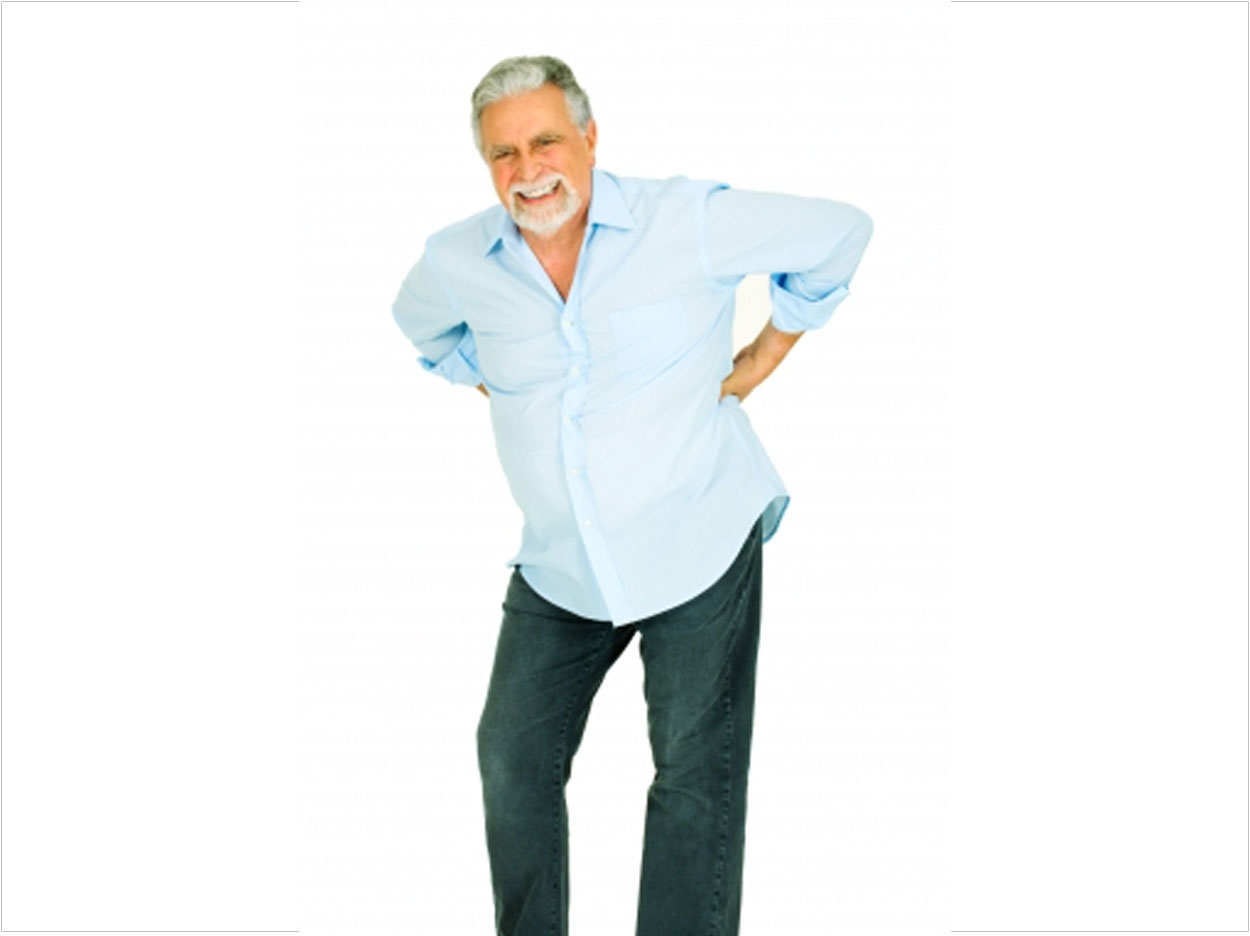
Dentists suffer from disproportionate degrees of musculoskeletal disorders (MDSs), often to the point where these aches and pains can shorten careers. Researchers from Saudi Arabia surveyed 80 licensed dentists, with 68 responses, to quantify how dentists suffer the most.
According to the Nordic Musculoskeletal Questionnaire, 77.9% of the respondents reported MSDs. The lower back was the most common area affected, at 73.5%, followed by the neck at 66% and the shoulders at 43.3%. Also, 45.2% had experienced MSDs in the neck and lower back simultaneously, and nearly 85% had MSDs affecting 2 or more sites.
Symptoms of MSDs include pain, paresthesia, stiffness, swelling, redness, and weakness. The researchers attribute their development to repetitive motions, awkward or static postures, forceful movements, and exposure to vibration or mechanical stress. When these factors exist simultaneously, MSD risk increases significantly.
Dentists often sit with their head bent excessively and with their body in awkward positions. When they stand, their lumbar spine is twisted in unnatural postures. Extended periods of arm elevation and leaning forward when sitting or standing also prolong the static load in the sternocleidomastoid or trapezius muscles.
Psychological factors also take a toll on the neck, shoulders, and back. Contributors include decreased work satisfaction, lack of patient appreciation, anxiety, stress, and worry. These complaints lead to morbidity and reduced productivity, and they could result in premature retirement, especially as MSD symptoms increase with time.
Breaking down the demographics, 63.2% of respondents were male, with 76.7% of them reporting an MSD in the previous year. Of the females, 80% had experienced an MSD. Also, 58.8% of the respondents overall were younger than 40, with 30.8% between 35 and 39.
The researchers note the limited geography and number of participants in their study, but still believe dentists should pay greater attention to the long-term risks of MSDs. They also cite the need to better identify the causes of these disorders, focus on preventative interventions, and include education about them in the dental curriculum.
The study, “Prevalence of Musculoskeletal Disorders Among Dentists in the Ha’il Region of Saudi Arabia,” was published by Annals of Saudi Medicine.
Related Articles
Got Aches and Pains? Dr. Pope-Ford Knows Why



